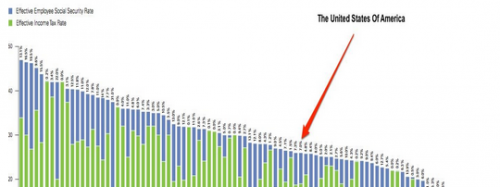NPR recently aired a story about female lawmaker’s representation state by state. According to the story, Colorado has the most women; female lawmakers make up 42% of that total. Wyoming had the least, with women only representing 13% of state lawmakers.
NPR’s experts suggested that term limits in Colorado and a female-friendly party leadership were behind their high number of female legislators, whereas a change in Wyoming from multi-member to single-member district in the 1990s was unfavorable to women (because voters have to pick only one and tend to lean toward men when they have to make hard choices). The story also mentioned voting rules and the difficulty of balancing home, work, and lawmaking responsibilities.
In fact, sociologists have been studying this issue in depth for some time and a few years ago Deborah Carr summarized the reigning wisdom on why women are less likely to be politicians. She highlighted six factors to explain the gender gap in the US Congress:
- Women have to face sexism (e.g., glass ceiling – Nancy Pelosi used the term marble ceiling in her inaugural speech as Speaker in 2007), especially voters’ sex role stereotyping “what women can and should be.”
- Women are not in the “pipeline,” suggesting that not enough women are in careers that have historically led to political office.
- Because of gendered wealth and income inequality, women don’t as often have enough money to run multi-dollar campaigns, nor access to social networks full of big donors.
- Women have different interests, focusing on “issues related to family and social welfare, rather than national defense and international relations.”
- Women are less likely to be risk-takers than their male counterparts, perhaps explaining why women must be asked several times before they seriously consider launching campaigns.
- Women opt out of politics because of family responsibilities.
To improve female participation in politics, we should promote more gender-neural political environments. Political parties should take further steps to recruit and support female candidates, as Colorado seems to be doing. We should repeatedly encourage women to run for office since they take a lot of encouragement before they seriously consider launching candidacies. More importantly, we need to seed the pipeline by encouraging young girls to get involved in student government and see governing as compatible with their interests and abilities.
Sangyoub Park, PhD is a professor of sociology at Washburn University. His research interests include social capital, demographic trends, and post-Generation Y.






